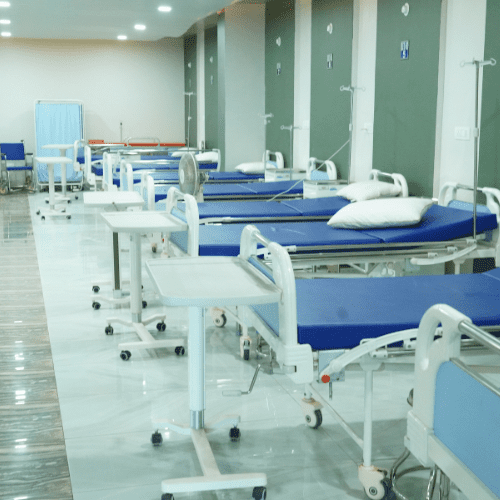Medical inflation is a pressing issue in India, affecting not only healthcare providers and patients but also the health insurance landscape. As the costs of medical services and treatments rise, health insurance companies find themselves in a precarious position, leading to higher premiums, reduced coverage, and an overall shift in the insurance market. Understanding how medical inflation impacts health insurance is essential for consumers and stakeholders alike, as it shapes the future of healthcare accessibility and affordability in the country.
Understanding the Effects of Medical Inflation on Health Insurance
Medical inflation in India has been rising at an alarming rate, often outpacing general inflation. According to various studies, healthcare costs have increased significantly over the past decade, driven by factors such as advancements in technology, rising demand for specialty services, and the overall increase in the cost of living. This situation has a direct correlation with health insurance; as treatment costs escalate, insurers are compelled to adjust their pricing models.
Higher medical expenses lead health insurance providers to increase premiums to maintain their profit margins. This can create a dilemma for consumers, as many may find themselves unable to afford the rising costs of health insurance. In fact, many policyholders may have to settle for lower coverage options or higher deductibles, which can ultimately compromise their access to quality healthcare. This cycle of rising costs and shrinking coverage raises concerns about the future of health insurance in India.
Moreover, medical inflation can lead to a significant increase in out-of-pocket expenses for individuals. Even with insurance coverage, patients may find that certain treatments or medications are not fully covered, necessitating additional personal expenditure. The increased burden of healthcare costs can exacerbate financial stress, particularly for low and middle-income families. Consequently, this impacts public health, as individuals might forgo necessary medical treatment due to affordability issues, leading to worse health outcomes for the population at large.
Strategies for Managing Rising Health Insurance Costs in India
To navigate the challenges posed by medical inflation, both consumers and insurers can adopt various strategies. For consumers, it is crucial to conduct thorough research before purchasing health insurance. Comparing policies that offer the best value for money can help individuals make informed decisions. Additionally, opting for family floater plans or group insurance can provide more extensive coverage at a lower premium, which can significantly alleviate financial burdens.
Health insurance companies can also adopt innovative strategies to manage costs effectively. For instance, employing telemedicine services and preventive care initiatives can reduce overall healthcare spending by focusing on early diagnosis and treatment. Insurers can negotiate better rates with healthcare providers, ensuring that they can offer affordable premiums without compromising on the quality of care. By embracing such measures, insurance companies can remain competitive while still providing comprehensive coverage to policyholders.
Another strategy lies in the government’s hands. Policy reforms that promote transparency in healthcare pricing can empower consumers to make better choices regarding their medical expenses. By fostering a competitive environment among healthcare providers and insurers alike, the government can help stabilize the market and mitigate the effects of medical inflation. Encouraging the use of generic medications and preventive health measures can also play a crucial role in keeping healthcare costs manageable in the long run.
In conclusion, the impact of medical inflation on health insurance in India is multifaceted, creating challenges for both consumers and insurers. As healthcare costs continue to rise, the need for effective strategies becomes increasingly urgent. By adopting informed purchasing practices, exploring innovative insurance models, and promoting policy reforms, it is possible to navigate the complex landscape of health insurance in India. Ultimately, ensuring affordable and accessible healthcare is not just a necessity—it’s a fundamental right that needs to be upheld for the well-being of the population.



